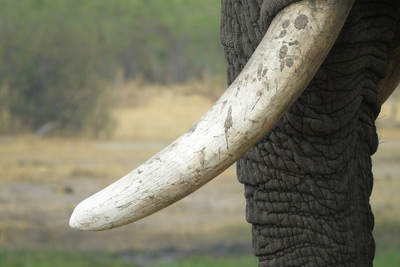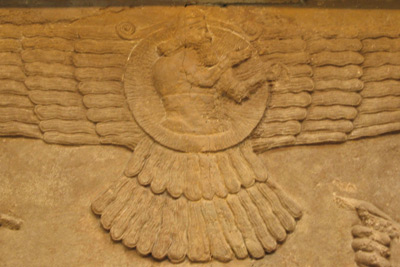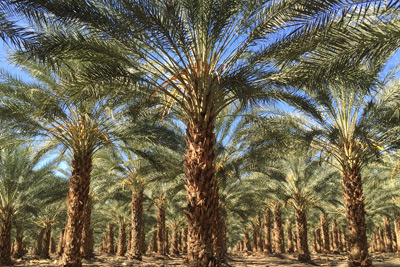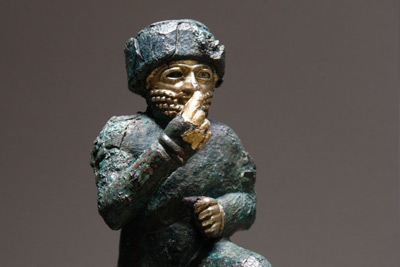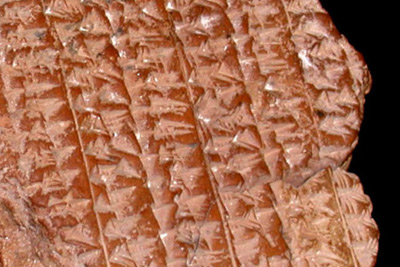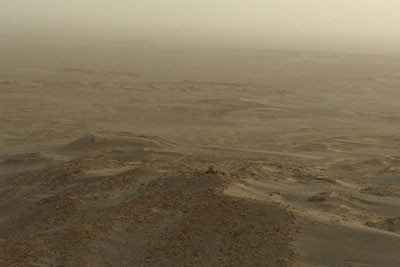In Sumeria, Utu is the son of the moon god Nanna-Suen and he is the twin brother of Inana. Later, Šamaš (his Akkadian name) was made the son of Enlil or Anu. Utu/Šamaš was married to Aya, goddess of the dawn. Read more about Utu/Šamaš, the sun god.

Nineveh
Nineveh (Akkadian: 𒌷𒉌𒉡𒀀 uru NI.NU.A Ninua - The first sign uru 𒌷 is a marker for city in Akkadian) is located in northern Mesopotamia on the eastern bank of the Tigris river, next to current day Mosul in Iraq. As the capital of Assyria, it was the largest city in the world around 650 BCE, with over 100,000 inhabitants. The city of Nineveh was 750 hectares or 7.5 km2, enclosed by a 12 km long brick wall.
The city of Nineveh was probably founded around 6000 BCE. The city grew in importance under the Assyrian Empire, in particular during the Neo-Assyrian Empire (900-600 BCE). King Sennacherib made Nineveh into a city without rival around 700 BCE, with wonders such as his 80-room palace. He also built incredible gardens that might have been the "Hanging Gardens of Babylon", fed by a 40km long acqueduct.
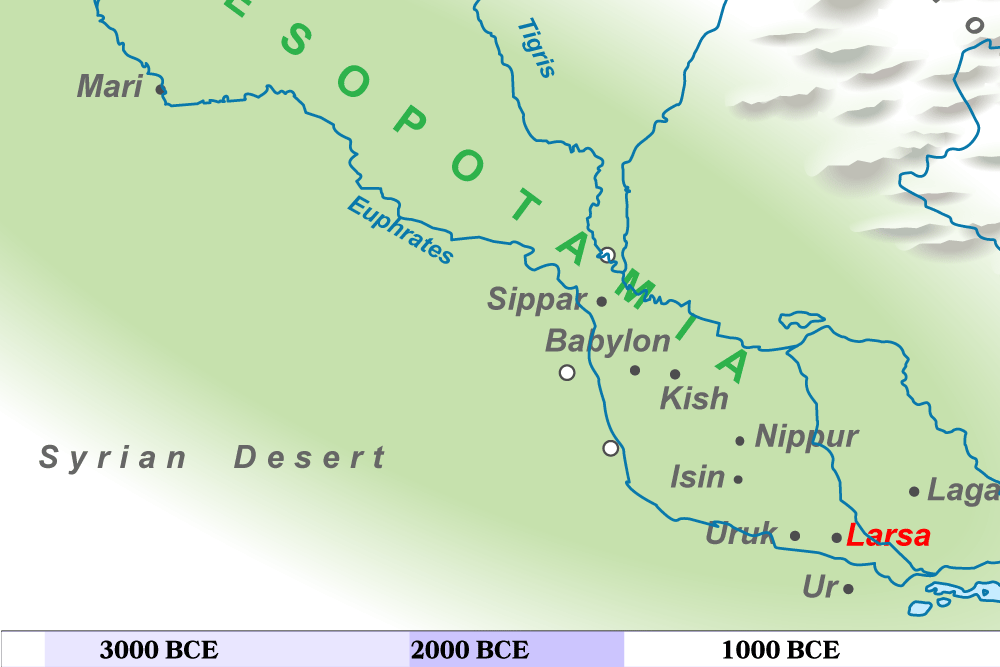
.
See a complete list of Larsa kings.
One of the most important mathematical tablets is linked to Larsa, the Plimpton 322, which shows that people in Mesopotamia understood trigonometry much earlier than the Greeks (we originally thought that the Greeks had discovered trigonometry).
Interesting articles
You may also be interested in these articles

Trees in Sumeria
It is easy to think of Sumeria as a barren land, only kept alive by irrigation canals. In addition to irrigated trees such as date palms, we also find interesting flora such as the tamarisk, juniper and cedar.
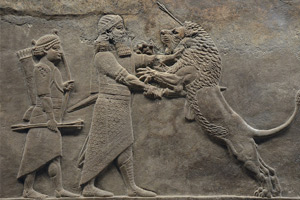
The Lion Hunt
If you have visited the Sumerian section of the British Museum, chances are you have seen the Lion Hunt of Ashurbanipal. It is a series of very impressive wall coverings illustrating the King Ashurbanipal's prowess.
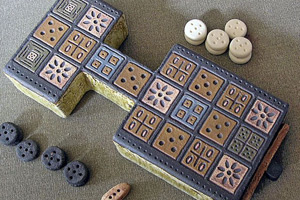
The game of Ur
Possibly the oldest board game in existence, and surely the oldest we have rules for, the Game of Ur is a fascinating predecessor to Backgammon. Watch a video on how to play it, and see the original at British Museum.

